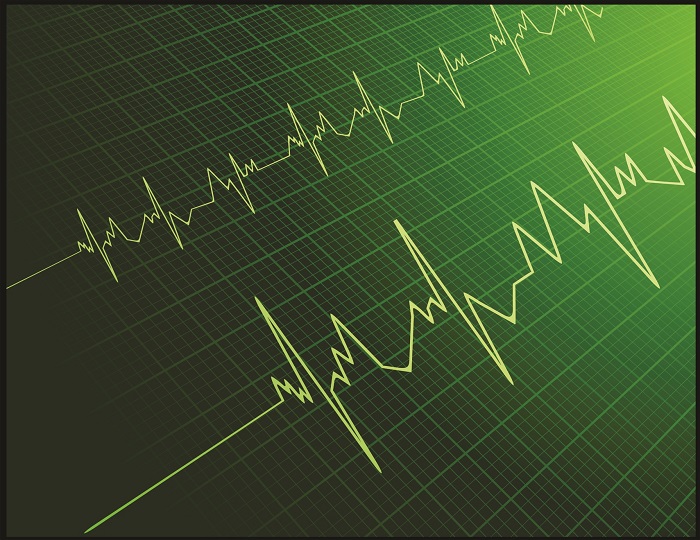Atrial Fibrillation (AF) and You
- 0About this program
- 1What is AF?
- 2AF and You
- 3Causes of AF
- 4Symptoms of AF
- 5AF-related stroke
- 6Anticoagulation Therapy
- 7Treatment Options for AF
- 8Healthy Living and AF
- 9Living with AF
- 10How we can support you
Content on HealthUnlocked does not replace the relationship between you and doctors or other healthcare professionals nor the advice you receive from them.
Never delay seeking advice or dialling emergency services because of something that you have read on HealthUnlocked.
Treatment Options for AF
Treatment Options for AF

There are a number of different treatment options and variations of these treatments. The main distinctions in the treatment of patients are whether they are managed medically, through other nonsurgical interventions (cardioversion or catheter ablation) or by surgical procedures (pacemakers, surgical ablation).
All three management types aim to achieve one or more of the following goals for treating AF:
- Managing and controlling symptoms
- Restoring a normal heart rhythm
- Reducing the risk of a stroke
No single treatment has been shown to be effective for all patients with AF, and the choice of which will depend upon the severity of symptoms, the likelihood that the patient will respond to a particular treatment, and consideration of the risk versus benefits of each treatment option. It is important to discuss these issues with your doctor.
Drug treatment for AF
Currently, drugs are the most common treatment for AF, and have the aim of restoring the normal sinus rhythm, alleviating symptoms and reducing the likelihood of stroke. Commonly prescribed medicines include bisoprolol, verapamil, diltiazem, flecainide, sotalol, amiodarone, dronedarone and digoxin. These drugs are used in two different ways. Some are used to restore the normal heart rhythm, these are known as antiarrhythmic drugs. They work by blocking specific channels in the cardiac cells. Others aim to control the rate of your heartbeat whilst it continues in an irregular manner.
Cardioversion
If AF has been present for only a relatively short time (usually less than one year), if the heart has not been damaged by disease or by the AF itself and if the cause of AF has been treated, is transient or is relatively mild, it may be possible to convert the heart rhythm from AF (or atrial flutter) to the normal heart rhythm (sinus rhythm). This procedure is called cardioversion; it may be achieved by giving the patient a rhythm control medicine (antiarrhythmic drug) by mouth (relatively slow response) or through the veins (relatively quick response). However, an electrical shock treatment, which at first sounds rather frightening, is usually the quickest and the most effective treatment.
Ablation
The purpose of an ablation is to stop the rogue electrical pulses that cause atrial fibrillation. These are predominantly found in the left atrium, most commonly close to or around the pulmonary veins. To achieve this, small areas of the tissue within the left atria are destroyed, commonly using either heat or freezing techniques. Once these lesions (areas of ablated tissue) have been formed, the scarred tissue acts to block and isolate the rogue electrical impulses thus preventing them from causing AF.
Watch video: Professor Gupta - AF Ablation & Cardioversion
Watch video: Professor A. John Camm – LAAO Advice
Content on HealthUnlocked does not replace the relationship between you and doctors or other healthcare professionals nor the advice you receive from them.
Never delay seeking advice or dialling emergency services because of something that you have read on HealthUnlocked.